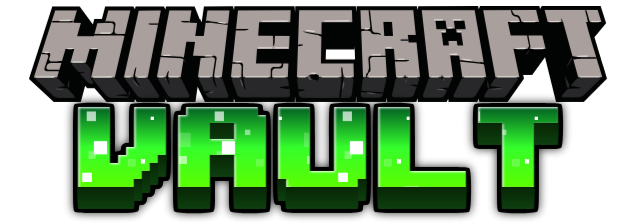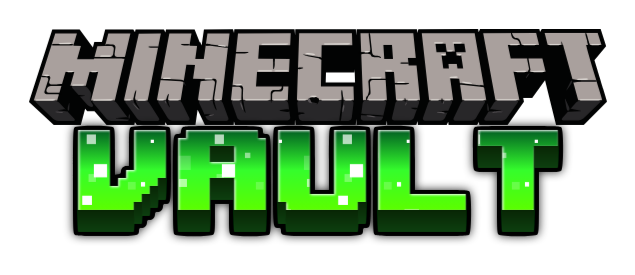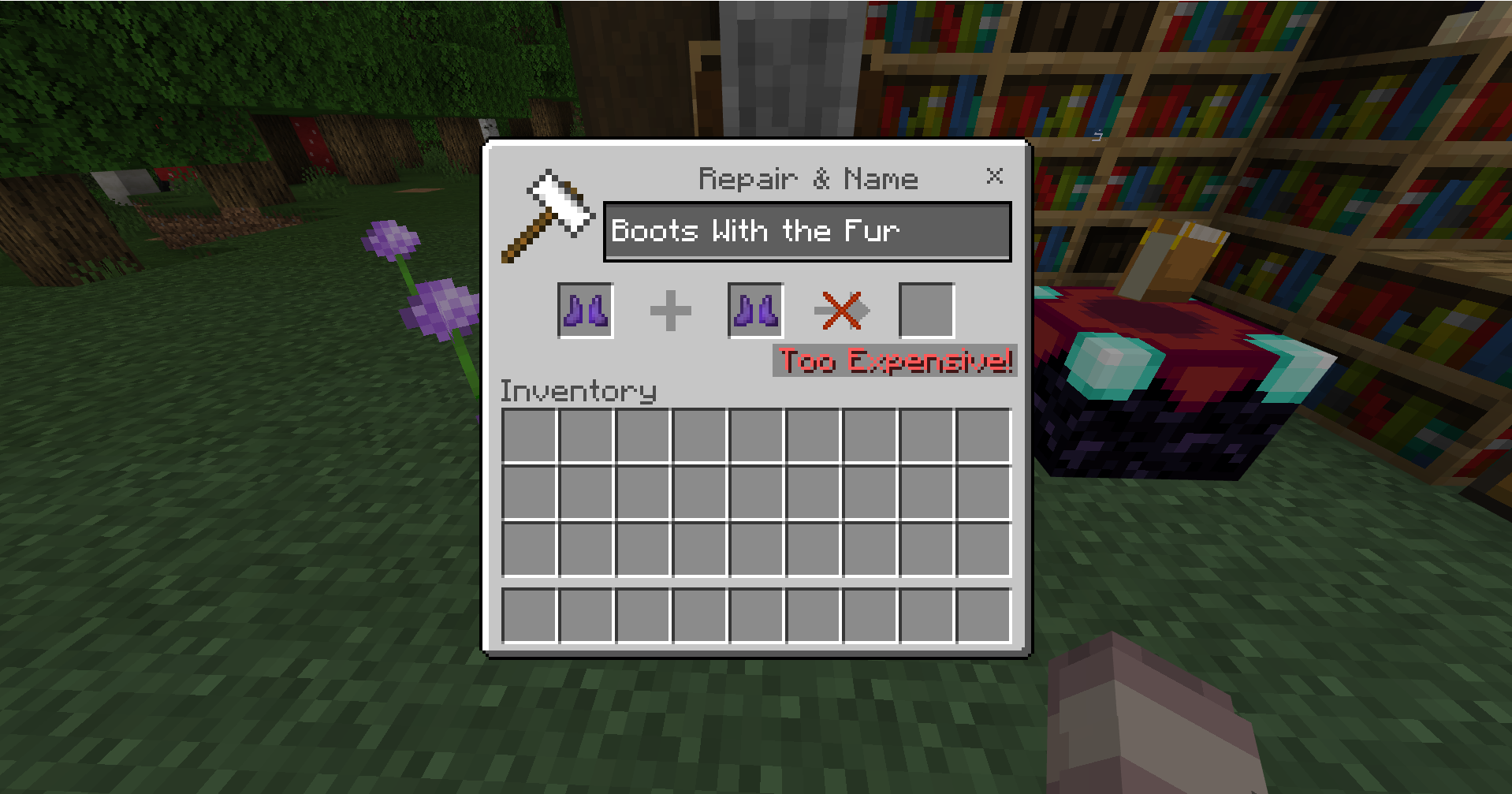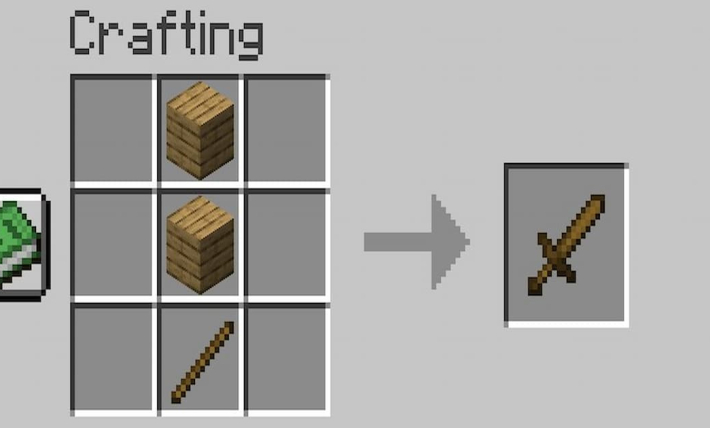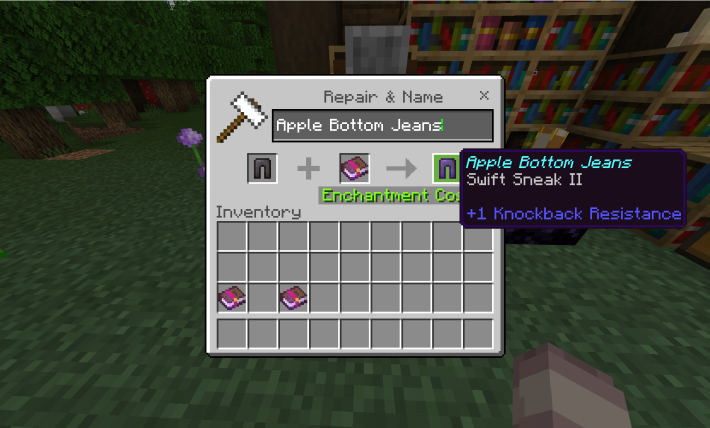Table of Contents
What is enchantment order in Minecraft?
Enchantment order refers to the order your enchantments are listed and placed on your armor, tools, and weapons in Minecraft. While usually not important for more casual playthroughs of the game, it can be very effective to know the best enchantment order to allow for ease of either organization or the cheapest method of applying enchantments.
This also means that rather than being done with an enchanting table, this is done by using anvils and enchanted books. Which means that you won’t need obsidian, but rather a lectern and a villager to start trading for the books you’re looking for. As mentioned, this isn’t really meant for casual players’ but rather for players who intend on getting a lot of different enchantments and types of gear, possibly even multiple sets.
Why does enchantment order matter?
Whenever an item is put through an anvil, it will remember the fact that it has been put through an anvil, thus remembering how many levels and what enchantments have gone through the anvil. This means that sometimes your anvil will display “too expensive,” which stops you from applying further enchantments due to the game’s work penalty for anvil use.

The best way to prevent this is by being more organized with your enchantments, and there are typically two ways of doing this:
Enchantment Order: Most efficient use of XP
When it comes to this method, this will save you the most XP when you’re applying all the enchantments in an anvil and will definitely prevent the “too expensive message” from ever displaying. This method seems hard at first, but with the use of calculators, it becomes incredibly easy.
f you wish to know the most efficient method of placing enchantments on your gear, you can use the calculators linked here: “https://beacoland.com/enchant-order-tool/index.html” and “https://iamcal.github.io/enchant-order/.” Simply place and edit the information about which item you need enchantments on, what level enchantments you have, and it will get you the information you need quickly. This works for all items, including bows, fishing rods, boots, chestplates, tridents, axes, elytras, and more.
For example, if I were to place a diamond helmet into the calculator and give it protection IV, mending, aqua affinity, thorns III, unbreaking III, and respiration III, it would give this as the item enchantment order using an unenchanted tool and all the books.
- Combine the helmet with thorns.
- Combine respiration and the unbreaking III book.
- Add the combined book to the helmet with thorns.
- Combine Protection IV and the mending book.
- Combine the Protection IV and Mending book with the Aqua affinity book.
- Combine the book with your helmet with thorns, respiration 2, and unbreaking III.
This method will take you a lot of xp and be quite efficient. This is also really helpful for certain gear. It’s also important to follow the calculator correctly, as the first slot and second slot can actually affect the outcome of an enchantment’s cost by a decent bit. It’s also important not to select enchantments that you can’t get; for example, if you play Bedrock Edition, you can’t select sweeping due to it being a Java Edition-only enchantment.
Using the iamcal calculator will also allow you to select incompatible enchantments. While it’s not fully useful, it’s quite interesting to be able to see the combinations and results. For example, for a pair of diamond boots, you can test Frostwalker and Depthstrider III, which normally would not be able to be applied to the same set of boots. Similarly, Fortune III and Silk Touch can normally be placed on the same diamond pickaxe. While also checking along with your normal enchantments such as feathr falling, protection, soul speed, etc.
Something else to note as a general tip is that most players avoid thorns, fire aspects, and knockback. These enchantments can make daily Minecraft activities more of a hassle than helpful. Such as knockback being weak against skeletons and drowned or fire aspect allowing mobs such as zombies to set you on fire. These enchantments are useful when on servers where PVP persists.
You can also calculate curses, though it’s important to remember that most curses are only partially beneficial and are usually not that helpful in most cases.
Enchanter Order: Top to Bottom or Bottom to Top
These methods are more expensive, but they help with organization, especially for players who typically hold a lot of tools at once. You can also still use calculators as a reference for this method to potentially save time and xp, as there are some potential shortcuts in terms of levels and efficiency.
As a tip, you should actively try to combine two enchantments into a single book, but never more than two. Also, avoid just using a bunch of books with single enchantments on them, as that will ramp up the cost much faster. It can take you to the highest level possible and eventually lock you out of some items.
Here’s an example of the enchantment list for a bow and crossbow from bottom to top.
For the bow, you’d ideally use:
- Flame
- Infinity
- Power V
- Punch II
- Unbreaking III
and the crossbow you’d be able to use:
- Mending
- Piercing V (rather than multishot)
- Unbreaking III
- Quick Charge III
